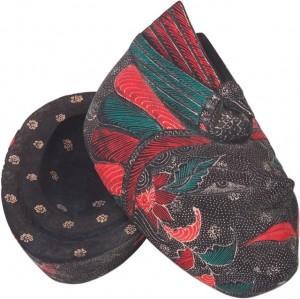Useful Information about Egypt
To prepare yourselves better, please read through the following information regarding life in Egypt and your excursion to there. Seemingly trivial information which, if not given the proper attention, might stop us from enjoying our visit to the degree we deserve!

Location
Egypt is in Northen Africa, on the Mediterranean coast, between Libya, the Gaza Strait and the Red Sea coast north of Sudan. It extends to occupying part of Asia, as it includes the Sinai peninsula.
Area
1,000,450 sq. Kms (386,660 Sq. miles), slightly larger than the States of Texas and New Mexico combined. Only a ribbon of land is inhabitable, along both banks of the river Nile, between two deserts.
Population
78,887,000 inhabitants
Religion
Muslims (mostly Sunni) 90%, Coptic 9%, other Christian 1%
Language
Arabic (official), English and French well understood by educated classes and the tourist sector
Currency
It is the Egyptian pound (EGP). 100 EGP are equivalent to approximately 18.35 USD or 11.60 Euro; no currency change is needed as the market will accept both Euros and USD
Foreign citizens Entry Visa
A passport and visa are required. Travelers can obtain a renewable thirty-day tourist visa on arrival at an Egyptian airport for a $15 fee, payable in U.S. dollars.
Climate
Influenced by the desert. Hot summers (May to October) and mild winters (November to April)
Cultivable Land
After big areas were irrigated by the Assouan Dam the 2.92% of its land can produce some crops; this is in total around 29,20 sq. kms of land (11,274 sq. miles)
Public Debt
105.1% of GDP (2007 est.). It was 104.7 last year
Electricity Production
102.5 billion kWh (2005)
Natural Hazards
Periodic droughts; frequent earthquakes, flash floods, landslides; hot, driving windstorm called khamsin occurs in spring; dust storms, sandstorms
Environment Issues
Agricultural land being lost to urbanization and windblown sands; increasing soil salination below Aswan High Dam; desertification; oil pollution threatening coral reefs, beaches, and marine habitats; other water pollution from agricultural pesticides, raw sewage, and industrial effluents; very limited natural fresh water resources away from the Nile, which is the only perennial water source; rapid growth in population overstraining the Nile and natural resources.
(Info based on cia fact book) |



